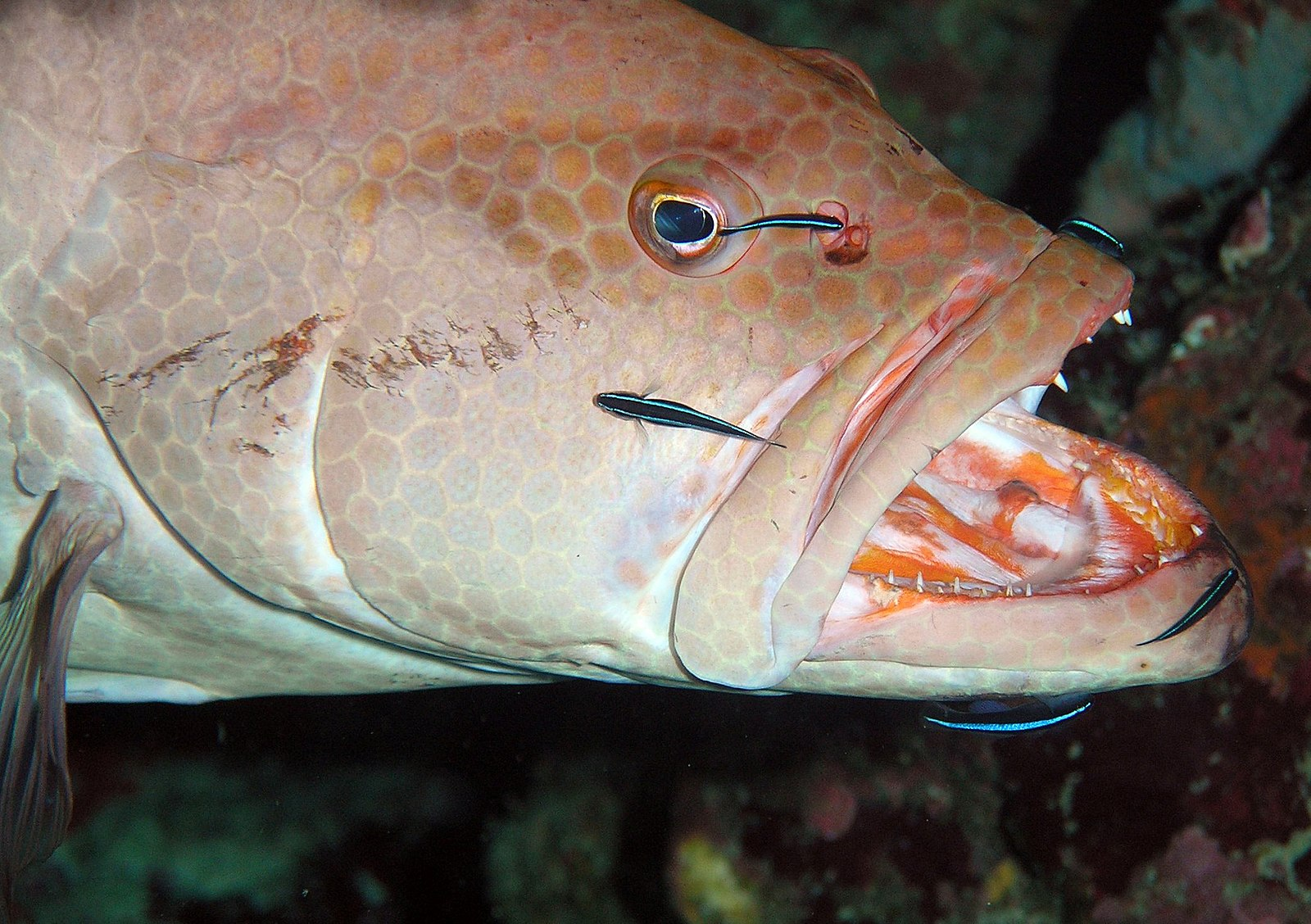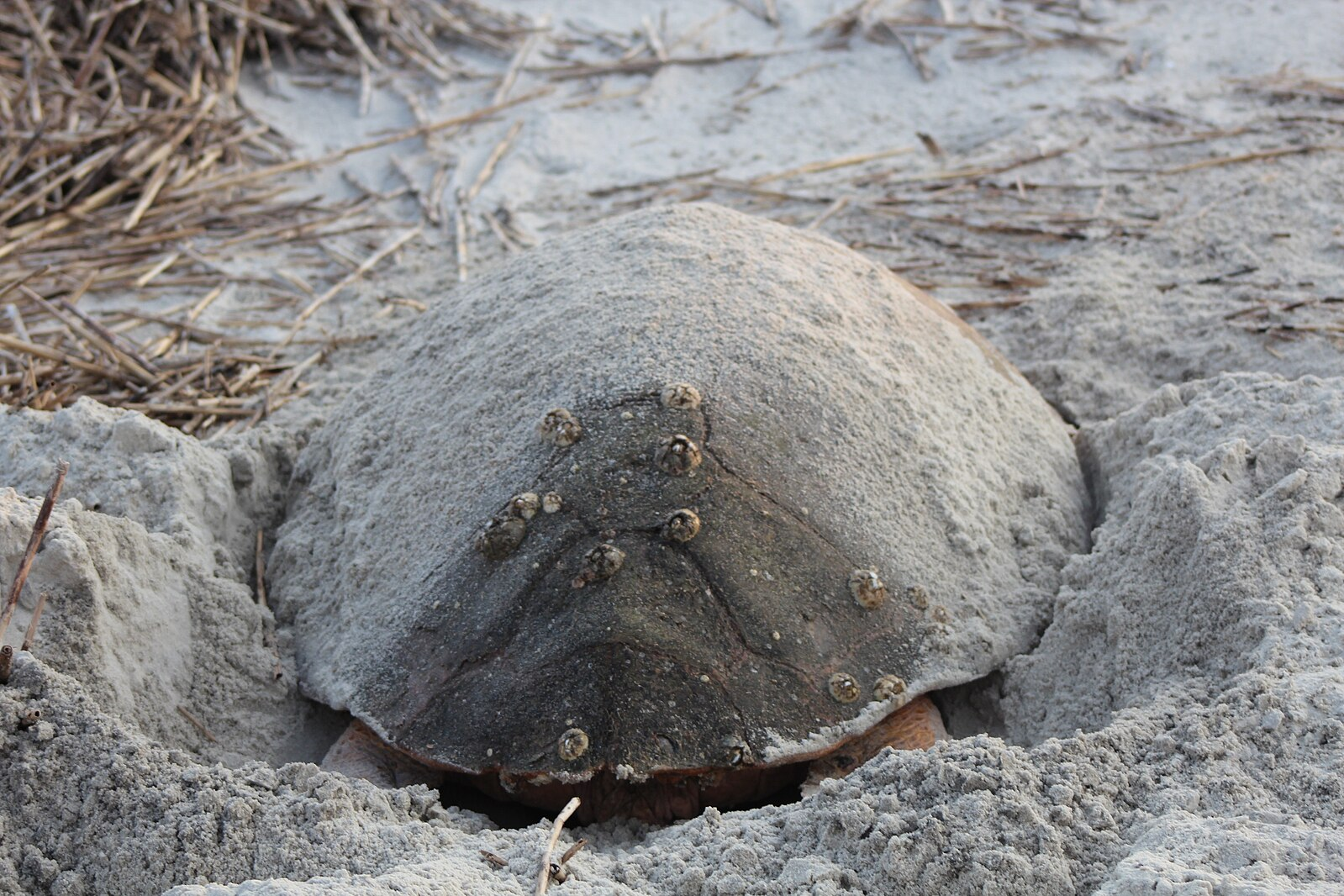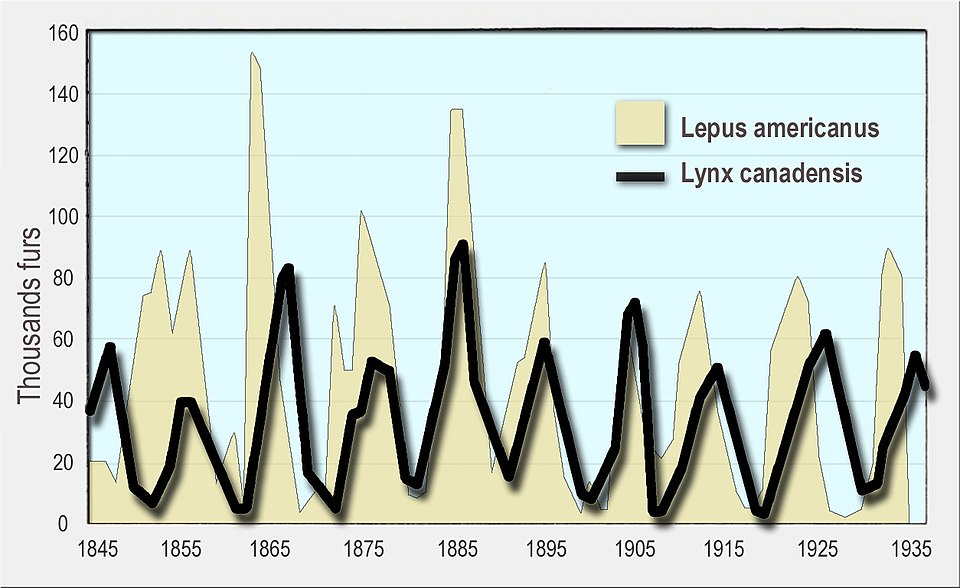Symbiotic relationships are fundamental to the intricate dynamics of ecosystems, illustrating the diverse interactions between species. These relationships, including mutualism, commensalism, parasitism, and predation, are characterised by different levels of dependency and impact on the involved organisms, shaping the structure and function of ecological communities.
Mutualism
Mutualism is a symbiotic interaction where both participating species accrue benefits. This positive-positive relationship often leads to enhanced survival, growth, and reproduction for the involved organisms.
Characteristics
Mutual Benefit: Both organisms experience advantages such as obtaining nutrients, enhanced protection, or assistance in reproduction.
Interspecies Cooperation: It involves distinct species cooperating, often leading to highly specialised biological adaptations.
Examples
Pollination: Flowers offer nectar as a food source to bees. In return, bees facilitate the transfer of pollen between flowers, aiding in their reproduction. This interaction enhances the genetic diversity and survival of flowering plants while ensuring a reliable food source for bees.
Cleaner Fish: Cleaner fish, like wrasses, remove and consume parasites from the skin of larger fish. The cleaner fish receive nourishment, while the larger fish experience improved health due to the reduction of parasite loads.

Cleaner gobies remove ectoparasites from larger reef fishes, providing a clear example of mutualism in which both species benefit—nutrition for the cleaner and health maintenance for the client. Although this image shows a goby rather than a wrasse, the ecological interaction is identical to the example in the text. Source.
Ecological Impact
Biodiversity Enhancement: Mutualistic relationships contribute to increased biodiversity. Species often evolve specialised roles and adaptations to maximise the benefits of these interactions.
Ecosystem Stability: By promoting species diversity and interdependence, mutualism enhances the resilience and stability of ecosystems, making them more robust to disturbances. Understanding how mutualism relates to energy transfers can further illustrate its ecological significance.
Commensalism
Commensalism is characterised by an interaction where one species benefits while the other is neither positively nor negatively affected. This relationship exemplifies the delicate balance within ecosystems.
Characteristics
Unidirectional Benefit: One organism derives a benefit, while the other remains unaffected, showcasing an asymmetrical interaction.
Resource Utilisation: The benefiting organism often utilises resources or occupies habitats that do not significantly impact the other species. For more on how species utilise their niches and habitats, explore our detailed notes.
Examples
Barnacles on Turtles: Barnacles attach themselves to the shells of sea turtles. The barnacles benefit by gaining increased mobility and access to nutrient-rich waters, while the turtles are generally unaffected.

Barnacles colonise the carapace of a sea turtle, gaining transport to productive waters without materially affecting the host. This is a textbook example of commensalism, where one species benefits and the other experiences negligible impact. Source.
Epiphytes: Plants like orchids grow on larger trees to access sunlight at higher elevations. The trees, serving as physical supports, are typically not affected by this interaction.
Ecological Impact
Niche Specialisation: Commensal relationships promote niche specialisation, leading to increased biodiversity as species adapt to exploit specific resources or habitats.
Resource Efficiency: These interactions exemplify the ecosystem’s capacity for efficient resource utilisation, reducing competition and promoting species coexistence.
Parasitism
In parasitism, one organism, the parasite, benefits at the expense of another, the host. This interaction often leads to adverse effects on the host’s health and vitality.
Characteristics
Host Exploitation: Parasites exploit hosts for resources, including food, shelter, and sometimes assistance in reproduction, often leading to host harm.
Adaptations: Parasites are often highly adapted to their hosts, exhibiting specific morphological, physiological, and behavioural traits to enhance exploitation efficiency.
Examples
Ticks on Mammals: Ticks attach to mammals, feeding on their blood. They gain nutrients and a habitat, while hosts may suffer from blood loss and potential disease transmission.
Mistletoe on Trees: Mistletoe plants attach to trees, extracting water and nutrients. While mistletoe thrives, host trees can experience reduced growth and vitality.
Ecological Impact
Population Control: Parasitism can serve as a natural mechanism for controlling host population sizes, preventing overpopulation and promoting ecosystem balance.
Evolutionary Pressures: The dynamic between host and parasite often leads to coevolution, where both parties develop adaptations and counter-adaptations to enhance their survival and reproductive success. The interaction between keystone species and their ecosystems can be pivotal in understanding these dynamics.
Predation
Predation involves one organism, the predator, killing and consuming another, the prey. This interaction is pivotal in shaping community structure and dynamics, influencing energy flow and evolutionary patterns.
Characteristics
Predator-Prey Dynamics: Predators kill and consume prey, transferring energy and nutrients up the trophic levels.
Population Fluctuations: The populations of predators and prey often exhibit cyclical fluctuations, influenced by factors like food availability, reproductive rates, and environmental conditions.

Historical records show linked cycles of snowshoe hare abundance and Canada lynx numbers; lynx peaks follow hare peaks by about one to two years. The figure illustrates how predation regulates populations and produces recurring oscillations. Source.
Examples
Lions and Zebras: Lions, as apex predators, hunt and consume zebras. This interaction influences zebra population sizes, behaviours, and evolutionary adaptations.
Owls and Mice: Owls predate on mice, leading to adaptive behaviours in mice, such as nocturnal activity patterns to avoid predation.
Ecological Impact
Population Regulation: Predation naturally regulates prey populations, influencing species diversity and promoting ecosystem stability.
Evolutionary Adaptations: The constant pressure of predation leads to the evolution of defensive adaptations in prey, such as camouflage, toxicity, or behavioural changes, driving biodiversity. The relationships within the trophic interactions provide further insight into these dynamics.
Key Distinctions
Understanding the distinctions between these symbiotic relationships is crucial for comprehending the complex interplay of species within ecosystems.
Mutualism and Commensalism
Mutual Benefit vs. Unidirectional Benefit: Mutualism involves benefits for both species, while in commensalism, the benefit is unidirectional, with one species gaining and the other unaffected.
Parasitism and Predation
Long-term Interaction vs. Immediate Interaction: Parasites often have prolonged interactions with hosts, while predators immediately kill and consume their prey.
Adaptations and Coevolution
Defensive and Offensive Adaptations: Species in these relationships often develop specific adaptations to enhance their survival and reproductive success. Prey and host species evolve defensive mechanisms, while predators and parasites develop offensive strategies.
Coevolution: The ongoing adaptations between interacting species lead to an evolutionary arms race, driving the diversification and complexity of life on Earth.
These detailed insights into symbiotic relationships offer students a comprehensive understanding of the intricate, dynamic, and multifaceted interactions that shape ecosystems. Each relationship type plays a distinct role in influencing species distributions, population dynamics, community structure, and ecosystem functions, laying a foundation for advanced studies in ecology and environmental science. Further exploration of community structure can deepen the understanding of these interactions.
FAQ
While mutualistic relationships are generally beneficial to the involved species and can promote biodiversity, they can also have unintended negative impacts on ecosystems. For example, invasive species can form mutualistic relationships with native species, facilitating their establishment and spread, leading to the displacement of native species and alterations in ecosystem structure and function. Additionally, mutualistic dependencies can lead to vulnerabilities, where changes affecting one species can have cascading effects on the other, potentially leading to declines in populations and disruptions in ecosystem dynamics.
Predation exerts strong selective pressures on prey species, driving the evolution of various adaptations aimed at reducing predation risk. These adaptations can be behavioural, morphological, or physiological. For example, prey species might develop cryptic colouration to camouflage into their environment, behavioural changes to avoid active predators, or even chemical defenses to deter predation. The constant pressure from predators leads to an evolutionary arms race, where both predators and prey continuously evolve new strategies and counter-strategies to outcompete each other, contributing to the dynamic and diverse nature of ecosystems.
Parasitic relationships, though often viewed negatively due to the harm inflicted on host organisms, can play a crucial role in maintaining ecosystem health. By regulating host populations, parasites can prevent overpopulation and overexploitation of resources, promoting biodiversity. Parasites can also influence the behaviour and health of host species, affecting their interactions with other species and their environment. This can lead to complex, cascading effects that shape community structure and dynamics. Moreover, the coevolutionary pressures exerted by parasitism drive the development of adaptations and counter-adaptations in both hosts and parasites, contributing to the evolutionary diversity of ecosystems.
Yes, commensal relationships can transform over time. Evolution and changes in environmental conditions can lead to the adaptation of species, altering the nature of their interactions. For instance, a commensal relationship where one species benefits and the other is unaffected can evolve into mutualism if the unaffected species begins to gain benefits. Similarly, it could turn into parasitism if the benefiting species starts to adversely affect the other. These transformations are driven by natural selection, where adaptations that enhance the survival and reproductive success of species are favoured and proliferate over generations.
Mutualistic relationships often drive the evolution of the involved species by promoting adaptations that enhance the benefits of the interaction. Over generations, these adaptations become more pronounced, leading to specialised behaviours, morphologies, or physiological traits. For instance, in the mutualism between flowering plants and pollinators, plants may evolve brightly coloured flowers and sweet nectar to attract specific pollinators, while pollinators might develop specialised mouthparts to access nectar efficiently. This coevolution fosters biodiversity, as species diversify and adapt to optimise the mutualistic relationship, leading to the emergence of new species or subspecies.
Practice Questions
Parasitism and mutualism have distinct ecological impacts. Parasitism, where the parasite benefits at the host's expense, can lead to population control. For example, ticks feeding on deer can reduce deer populations, preventing overgrazing and promoting plant biodiversity. In contrast, mutualism enhances biodiversity and ecosystem stability as both species benefit. An example is the relationship between bees and flowering plants. Bees obtain nectar, while plants achieve pollination, leading to increased plant diversity and healthier ecosystems due to cross-pollination and genetic variation.
Commensalism involves one species benefiting while the other is unaffected, exemplifying an asymmetrical interaction. An example is barnacles that attach to whales’ skin, gaining mobility and access to different water layers rich in food, while the whales remain unaffected. In contrast, predation involves one organism killing and consuming another. For instance, lions preying on zebras is a classic example of predation. The lions obtain essential nutrients and energy, while the zebras face a reduction in population, leading to evolutionary adaptations to evade predation and maintain population balance.

